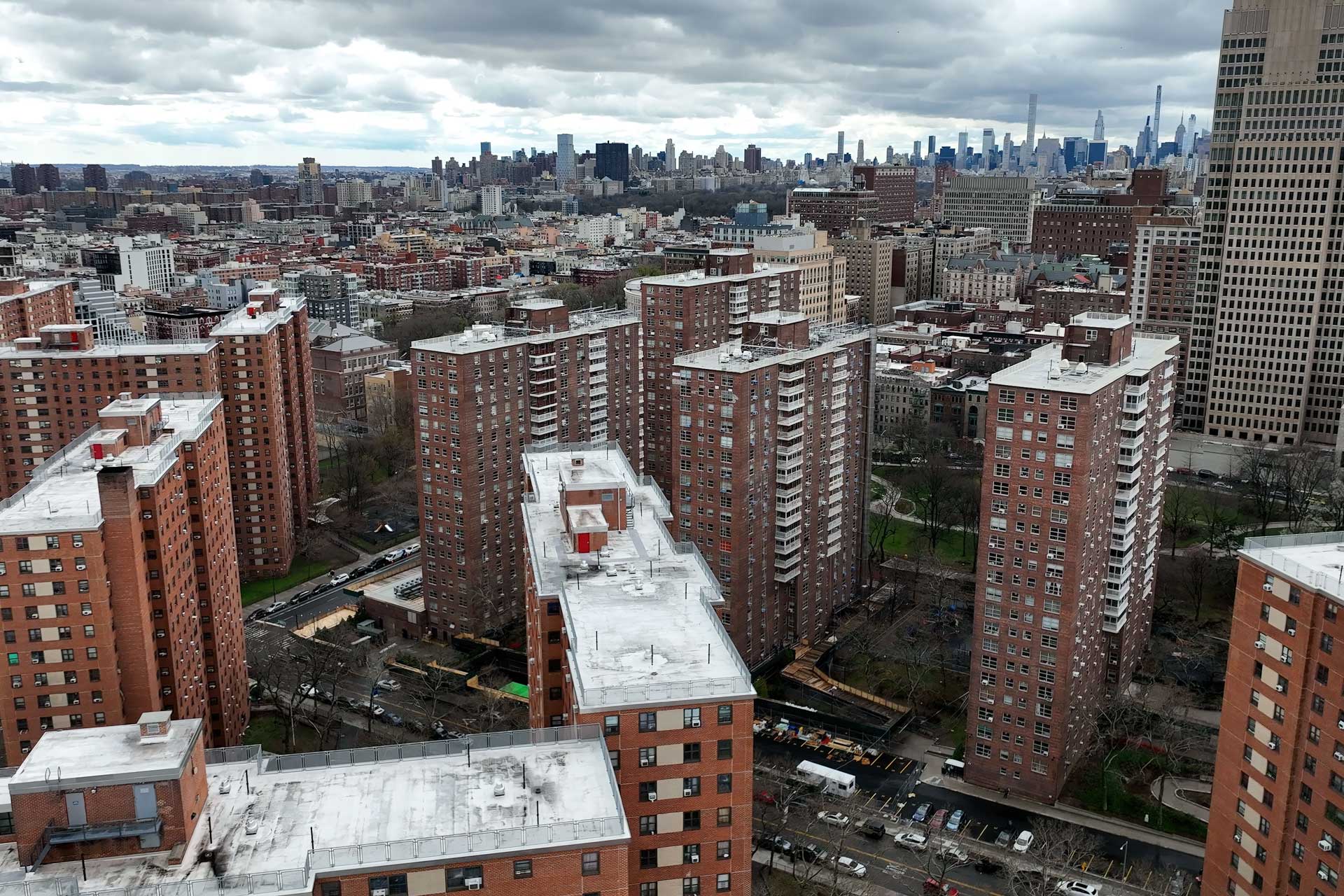On September 6, the U.S. Department of Housing and Urban Development (HUD) posted a Notice of Funding Opportunity (NOFO) for a Choice Neighborhoods Implementation Grant. About $256 million will be available for transformative awards of up to $50 million each. The deadline to apply is December 11, 2023.
Who Can Apply?
Given the program’s transformative reach, HUD encourages eligible communities of all sizes to pursue a Choice Neighborhoods grant. The Lead Applicant must be a Public Housing Agency (PHA), a local government, or a tribal entity. If there is a Co-Applicant, it must be a PHA, a local government, a tribal entity, or the owner of the target HUD-assisted housing. For a tribal entity, the local government of jurisdiction or tribe must be the Lead Applicant or Co-Applicant.
What Is Needed to Apply?
Applications must present a plan to revitalize a severely distressed public and/or HUD-assisted multifamily housing project located in a distressed neighborhood and transform it into a viable, mixed-income community.
When Are Applications Due?
December 11, 2023
Where Can I Learn More?
Visit the Choice Neighborhoods website at Hud.gov/cn and HUD Exchange for information and resources.
Why Apply?
Thanks to the Choice Neighborhoods grants, 13,000 new mixed-income units have been built across 52 cities, with plans for 37,000 more. Going beyond housing, the program has led to new businesses, parks, and grocery stores, as well as revitalized schools, childcare programs and healthcare resources with better outcomes. One study showed HUD’s investment generated $400 million in public and private resources; increased median household incomes and homeownership rates; and resulted in lower crime rates.
How Can the Grant Be Used?
Grants, along with public and private funds, support locally driven strategies to revitalize neighborhoods by transforming housing while investing in the surrounding area and resident services. The Choice Neighborhoods program focuses on:
- Housing: Replace distressed public and assisted housing with high-quality mixed-income housing that is well-managed and responsive to the needs of the surrounding neighborhood;
- People: Improve outcomes of households living in the target housing related to employment and income, health, and children’s education; and
- Neighborhood: Create the conditions necessary for public and private reinvestment in distressed neighborhoods to offer the kinds of amenities and assets, including safety, good schools, and commercial activity, that are important to families’ choices about their community.
While you explore the potential of transforming high-poverty neighborhoods into places of opportunity and economic growth, you can count on RBT CPAs to take care of all of your tax, accounting, audit, and advisory needs. Give us a call to learn more.
RBT CPAs is proud to say all our work is prepared in the U.S.A. – we never offshore. As a result, you get peace of mind that your operation’s financial and confidential information is handled by full-time, local staff who have met our high standards for quality, ethics, and professionalism.










